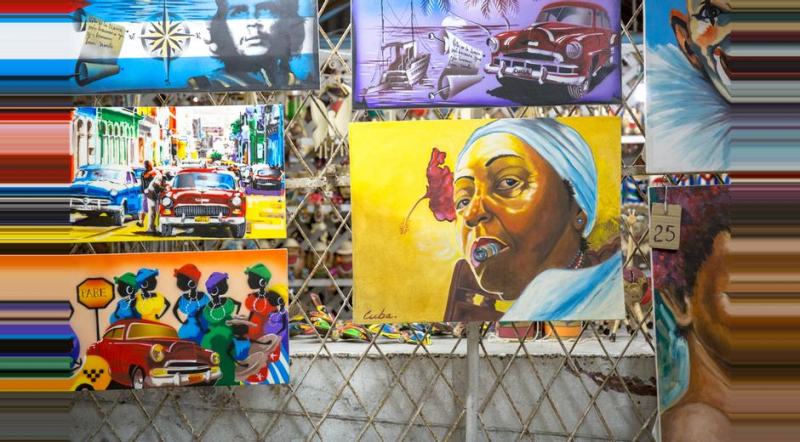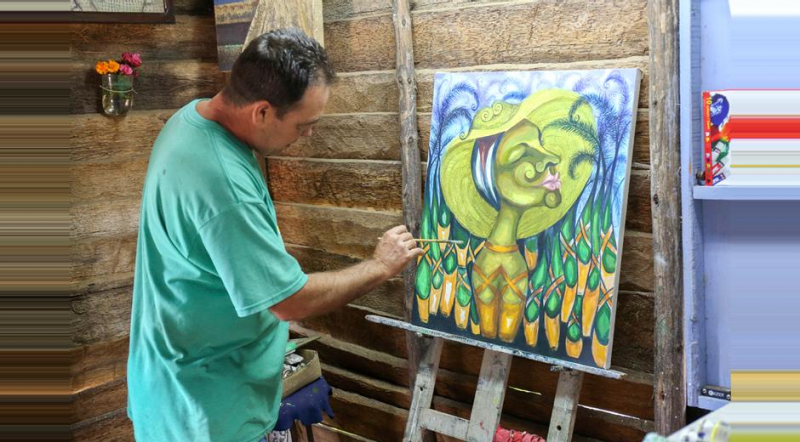Literature And Arts
In the first part of the 19th century, Cuba began to create its own literary aesthetic. Slavery, racial mixing, colonialism, etc. were prominent themes in the nation's literature at this time. One of the most well-known Cuban authors of this era is Cirilo Villaverde, author of the iconic novel Cecilia Valdés. The late 19th century saw works from José Mart, who is revered as a national hero in Cuba. Later, after slavery was abolished, themes of independence and patriotism were prevalent in the literature of the nation. The nation also gave rise to the literary form known as testimonial literature, which uses the accounts of real people from history or oral tradition to create a literary work.
African, South American, European, and American influences can all be found in Cuban art. Federico Beltran Masses, a colorist renowned for his alluring depictions of women, Amelia Peláez, a muralist, and painter Wifredo Lam are just a few of the well-known Cuban painters (famed for his portrayal of modern primitivism). Che Guevara was captured on camera by globally renowned Cuban photographer Alberto Korda, whose image of him is one of the most well-known in the entire world. In Cuba, street art is also quite well-liked.
Cuba is highly recognized for its domestically crafted hand-rolled cigars. These are among the greatest cigars in the world, and the nation makes approximately 3 million of them each year.












